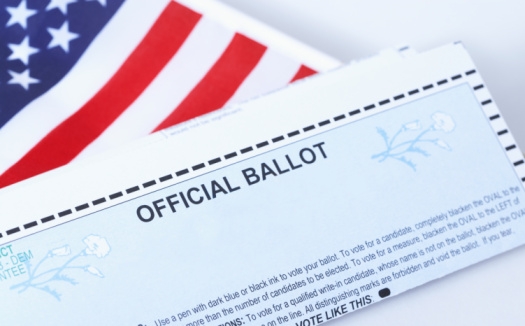In this new paper, William Galston analyzes the political backdrop against which the 2012 general will be waged, offering fuller context into voter attitudes, economic trends, and policy and ideological issues which will shape the electoral outcome. The paper centers on what political realities and challenges Obama and Romney will face in the run-up to Election Day.
Galston asks this important question: What kind of election will 2012 be? The answer, according to Galston, is that this election is shaping up to be a referendum on President Obama and his record and policy accomplishments, and that 2012 will be more like 2004, a “classic mobilization election,” rather than one involving heavy persuasion of swing voters and independents.
This paper consists of six elements:
-
An examination of polling results and public attitudes toward both candidates and important issues of the day.
- The mood of the country. Galston writes that despite a modest uptick in optimism since the lows of last fall, the 2012 election unfolds against a backdrop of public anxiety and discontent. These worries rest on the sense that the economy has changed fundamentally. Americans have concluded that as we recover, the economy will be very different from what it was before the recession. The changes, they believe, are structural, not cyclical, Galston argues.
The issues. Galston reviews how the economy, fiscal policy, foreign policy and health care reform are impacting public opinion and the national conversation as we move into prime campaign season.
Ideology. The election of 2012 takes place against the backdrop of a political system that is more polarized along partisan and ideological lines than it has been since the 1890s, if standard political science measures are correct. This fact has already reshaped the campaigns of both the president and his challenger, Galston asserts.
What kind of election will 2012 be? Galston argues that 2012 will be a referendum on Obama and not a choice between the two candidates. And mobilization of base voters looks to be both campaigns’ strategy for winning. Galston offers this advice: “The Romney campaign should do everything it can—consistent with retaining the support of their conservative base—to maintain the perceived gap between their candidate and his party. Conversely, the Obama campaign should work to ensure that swing voters come to see Romney and the Republican Party as indistinguishable. If the Obama team can do that by the fall, they will make Romney far less acceptable to a segment of the electorate that each candidate will need to forge a majority.”
The Electoral College. Galston surveys likely Electoral College outcomes and concludes that Romney has the harder task. Galston observes that: “…[t]here’s a reason why Ohio has been so pivotal for the past half-century: it’s the closest thing we have to a microcosm of the country. That’s why the odds against either candidate winning without it are small—in fact, zero for Romney, and well below fifty percent for Obama.”




